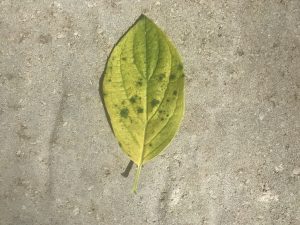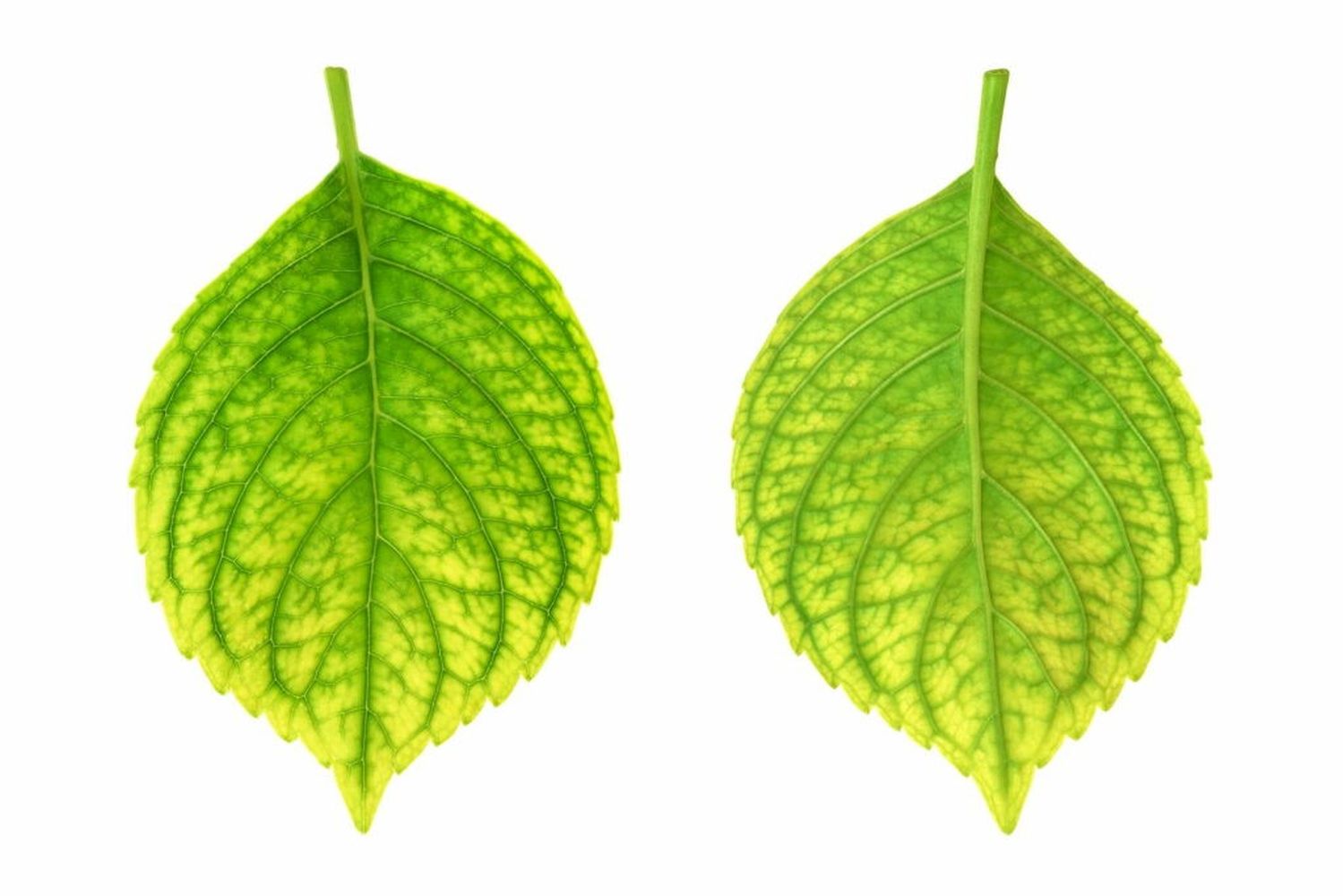Not known Factual Statements About Hydrangea Leaves Turning Yellow
Wiki Article
An Unbiased View of Hydrangea Leaves Turning Yellow
Table of ContentsAn Unbiased View of Hydrangea Leaves Turning YellowThings about Hydrangea Leaves Turning YellowHow Hydrangea Leaves Turning Yellow can Save You Time, Stress, and Money.The Facts About Hydrangea Leaves Turning Yellow Revealed
One possibility is that the plant is not getting sufficient sunshine. During the winter season, the days are shorter, and the sun is not as intense, so see to it to position your Hydrangea in a place where it will get at the very least 6 hours of sunlight each day. An additional factor for Hydrangea yellow fallen leaves in wintertime could be too much water.Finally, the leaves could be turning yellow because of temperature level stress. Hydrangeas like cooler temperatures, so if the plant is in a place that obtains also hot or too cold, the leaves will transform yellow. If you believe temperature level stress and anxiety could be the issue, try relocating your Hydrangea to a different place or safeguarding it from the aspects with a cloth wrap
New development will be observed in early spring, when you'll see eco-friendly foliage sprouting from stems that might have appeared dead. If your fallen leaves are turning brownish in springtime or summer season, there are likely other elements at play. The specific factors depend upon the variety and their growing conditions, however in basic, brown hydrangea leaves are a sign of dehydration and wilting in the heat.
In the springtime when the mercury remains fairly low, they'll do great. When things warm up over the summertime however, time spent in the early mid-day rays can create unknown damage.: Grow your hydrangeas in an area where they'll obtain sunlight in the early mornings or nights, however not during the peak hours.
5 Easy Facts About Hydrangea Leaves Turning Yellow Explained
Wilting is created by lack of dampness, implying there are a few good techniques to utilize to stop this from occurring. Give your hydrangeas a healthy glug of water every few days when the temperature levels are climbing up high, and deal with the dirt to better keep wetness. Hydrangea Leaves Turning Yellow. After watering, a bit of compost around the base of each plant must assist with this by keeping wetness in the dirtThis disrupts fungis spores from working out. "The Botrytis fungi flourishes in cool and wet conditions, so avoid showering the entire plant when watering and just water at the roots," shares Roy Nicol, a Master Horticulturist. If you have actually missed out on the possibility for avoidance and are dealing with an infection you should remove all dead or seriously infected leaves from the plant and destroy them to avoid additional spread.
As a general general rule, we recommend eliminating fallen leaves when they are 50% brownish or greater. While browning brought on by any kind of factor can not be turned around, taking the rehabilitative action defined above will encourage the plant to expand new leaves so the damaged leaves either drop off normally or can be gotten rid of by the gardener.
Hydrangeas must be sprinkled just when the top few inches of dirt are completely dry, and must be provided a comprehensive soaking each time. Underwatered hydrangeas are most likely to have yellow, wilting, and sagging fallen leaves. Enhance the frequency and quantity of sprinkling for your bush to assist address this issue. Hydrangeas choose relatively wet (however not soggy) soil, so give the more roots an excellent saturating and permit water to be absorbed into the soil prior to using much more.
The Greatest Guide To Hydrangea Leaves Turning Yellow
The way you take care of hydrangea leaves transforming yellow depends on the vital problem triggering the yellow fallen leaves. This can be challenging to figure out, but once you do you will certainly be able to change your plant care as necessary to deal with the issue. As mentioned in the past, a typical concern with hydrangeas is nutrient deficiencies.
Alternatively, you can acquire and set up easy watering worlds. Sprinkling globes hold water in them and gradually launch this water into the soil as the ground ends up being dry. Just fill the world with water, stick the spout right into the dirt within the origin zone near the base of the plant, and leave it in position until all the water is gone.

Hydrangea Leaves Turning Yellow Fundamentals Explained
To stay clear of spreading out fungal conditions, make sure to thouroughly tidy and decontaminate any type of trimming tools prior to and after usage (Hydrangea Leaves Turning Yellow). Lastly, you can try to flush the roots with water to eliminate excess fertlizer.
Your hydrangea plant favors well-drained, wet soil. If the pot has poor drain, or your soil is flooded, the leaves will begin to transform yellow. Overwatering makes the soil soaked. Flooded and soaked dirt can bring about stunted growth, leaf staining, and, worst of all, rot fungal diseases. Even though over-watering can be unsafe, under-watering is not a choice either.
If you don't water your hydrangea plant for even more than a week, the fallen leaves will begin turning yellow. Fungal diseases that attack the plants tend to show indicators on the roots and the fallen leaves of the plant. One of these diseases is root rot, which makes it challenging for the plant to feed effectively.
Origin rot happens when virus occupy the origin cells as hosts redirected here and quit the cell from working. If not taken care of, this condition can ultimately lead to the plant dying. Leaf place is an additional fungal disease that can target hydrangea. It results in the leaves turning yellow and the appearance of brown and purple areas on the leaves.
Report this wiki page